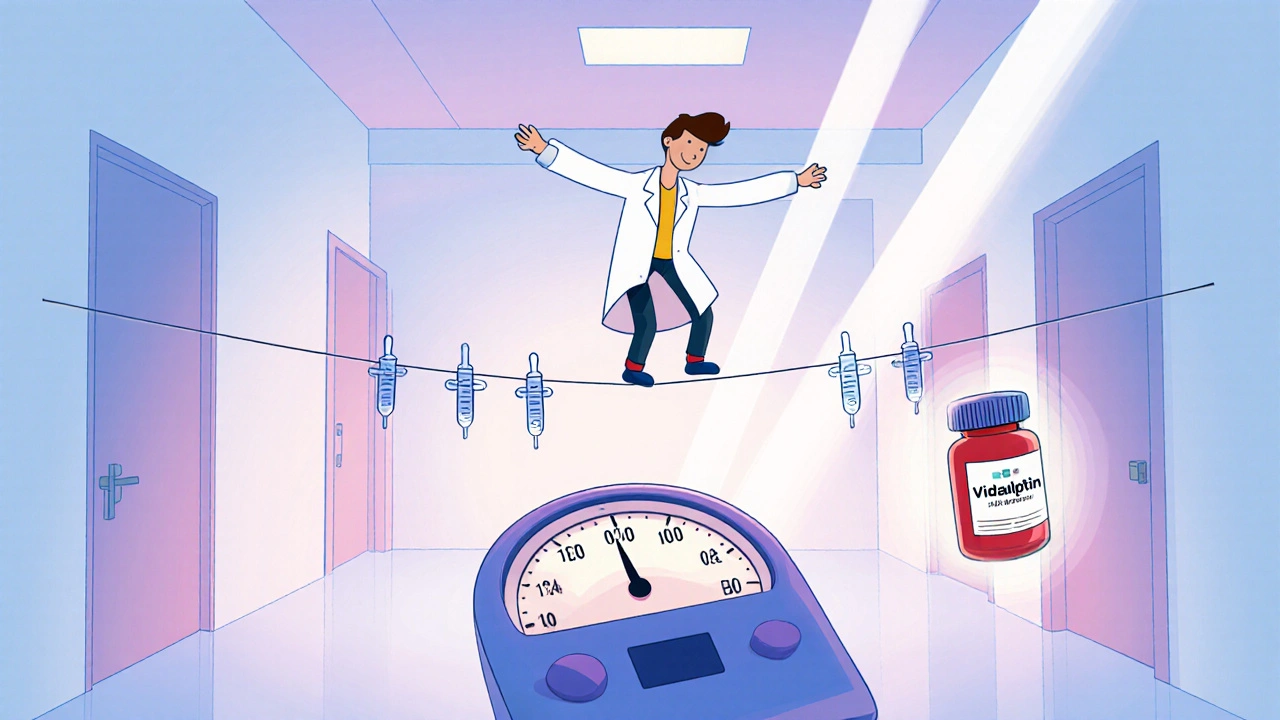Type 2 Diabetes
When dealing with type 2 diabetes, a chronic condition where the body doesn't use insulin properly. Also known as adult‑onset diabetes, it affects millions and requires daily decisions about food, activity, and medication.
Blood sugar monitoring, the practice of checking glucose levels with a meter or continuous sensor is the cornerstone of control. Without regular readings, you can't adjust meals or meds effectively, and the risk of spikes or lows rises. Lifestyle management, changes to diet, exercise, and stress handling works hand‑in‑hand with medication. A balanced plate, short walks after meals, and good sleep all lower insulin resistance, which is the main driver of type 2 diabetes. These habits also make it easier to stay within the target range set by the American Diabetes Association.
Workplace and Medication Strategies
Managing type 2 diabetes at work means planning snacks, timing breaks for glucose checks, and using ADA accommodations when needed. Simple tools like a discreet glucose meter or a quick walk to the break room can keep levels stable without disrupting productivity. For many, metformin or newer drug classes become part of the regimen; knowing how each interacts with food and activity helps you pick the right dose. Combining medication with the monitoring and lifestyle steps above creates a feedback loop: meds lower average glucose, monitoring shows the effect, and lifestyle tweaks fine‑tune the result.
Below you’ll find articles that dive deeper into each of these pieces – from practical office tips to detailed medication comparisons – giving you a roadmap to stay on top of your health every day.

Vidagliptin and Insulin Reduction in Type 2 Diabetes: What the Evidence Says
Explore how vidagliptin, a DPP‑4 inhibitor, can lower insulin needs in type 2 diabetes, backed by trial data, safety info, and practical tips.
Read More




